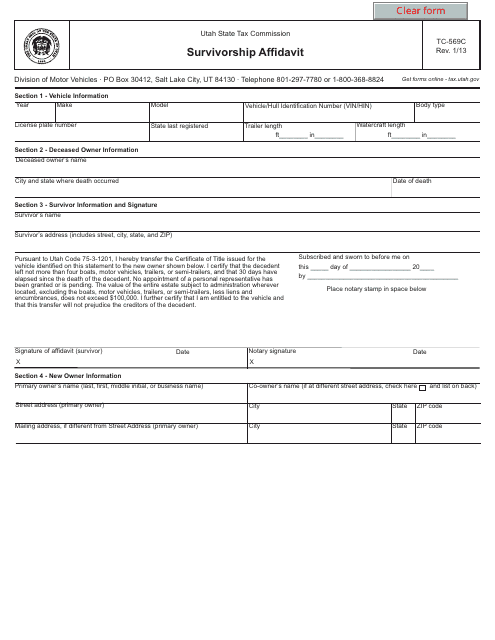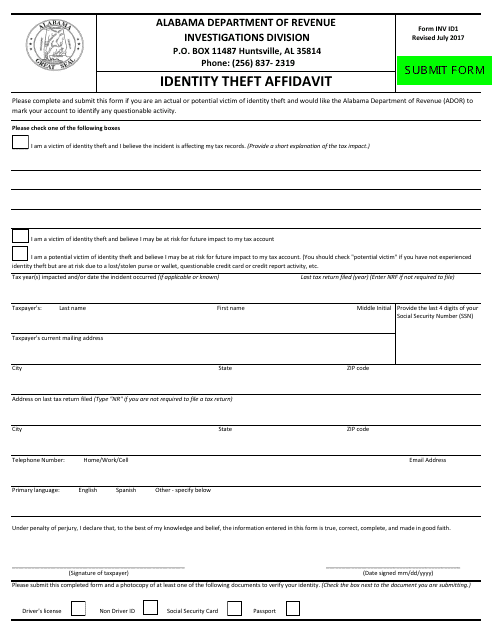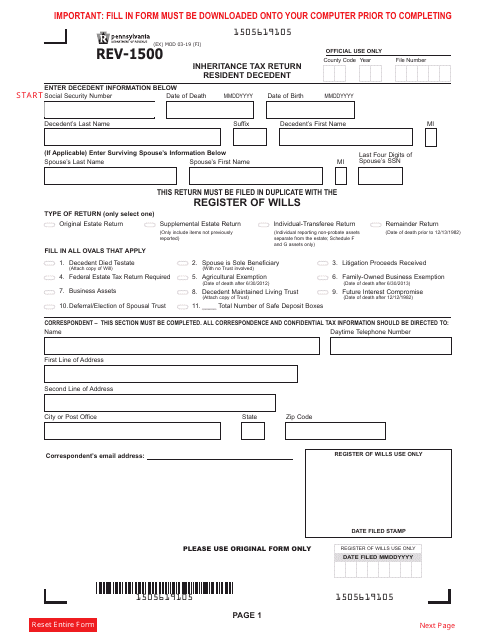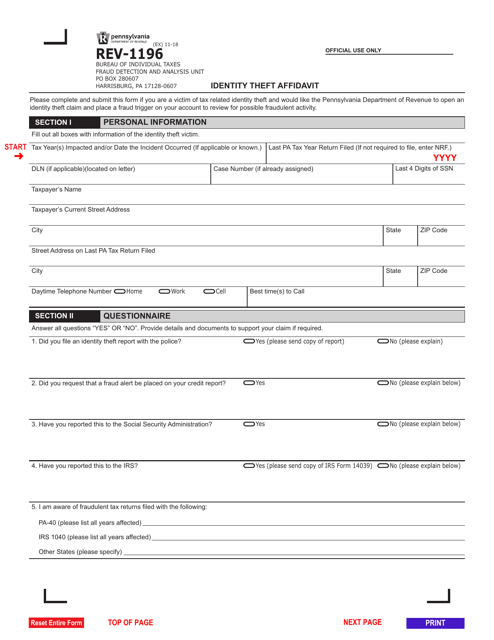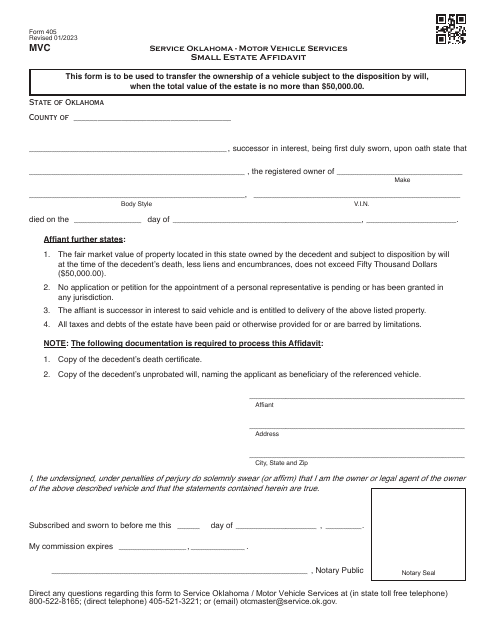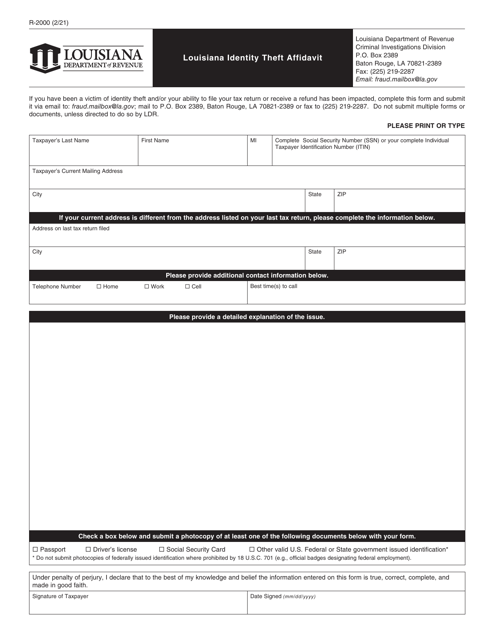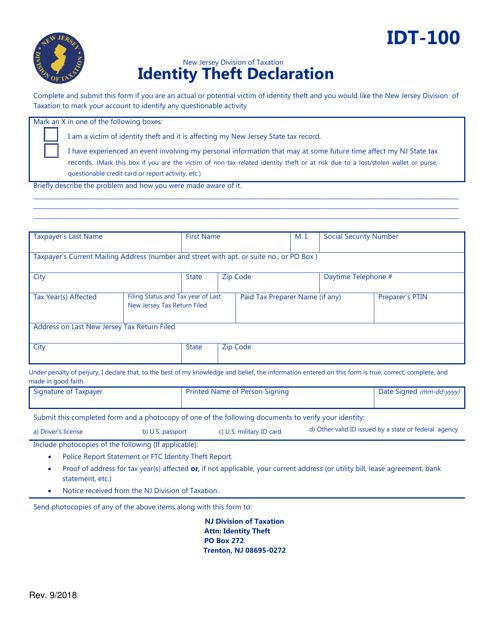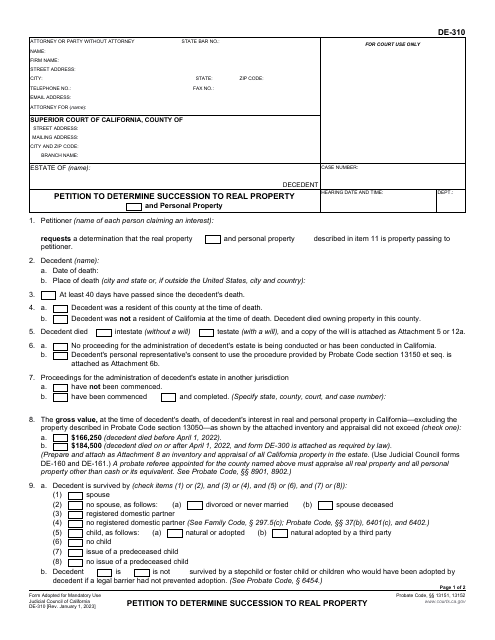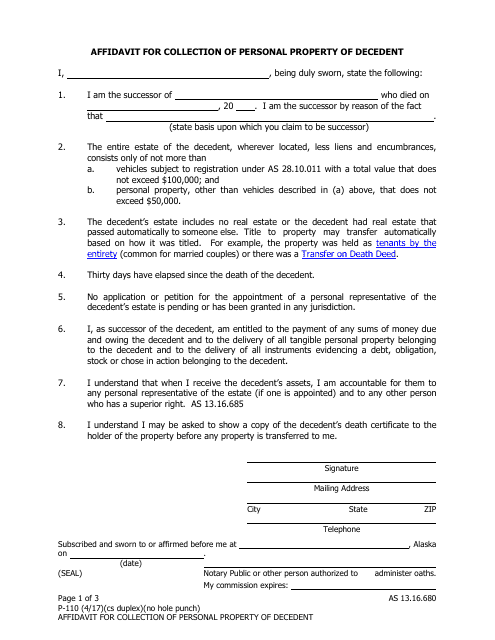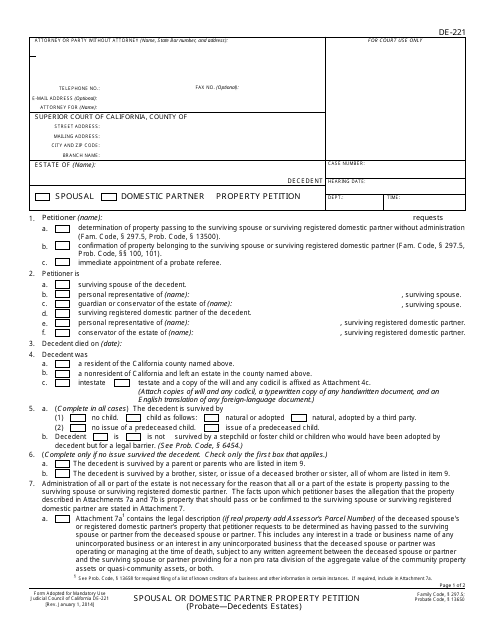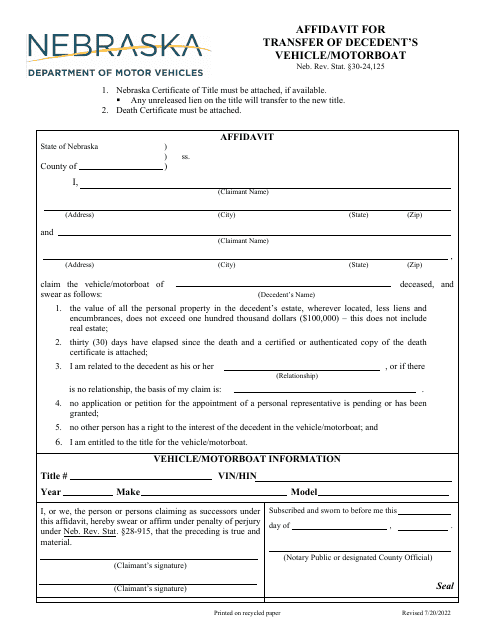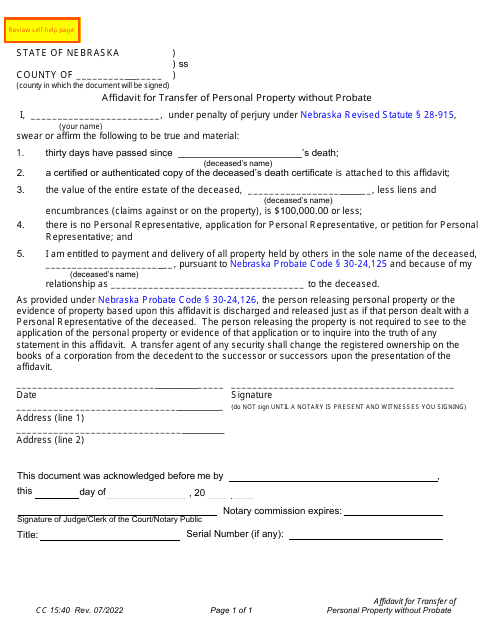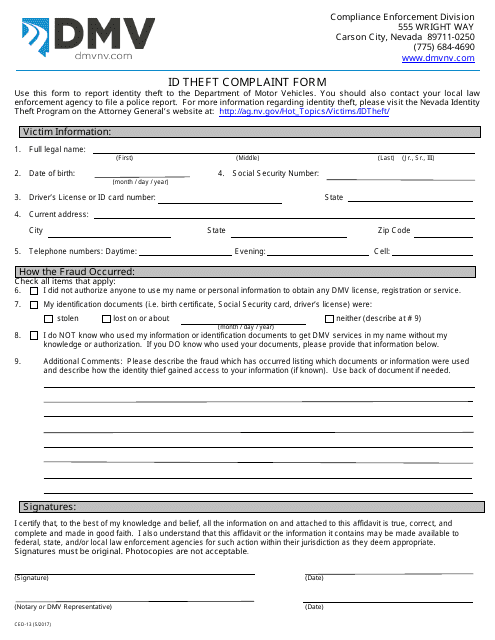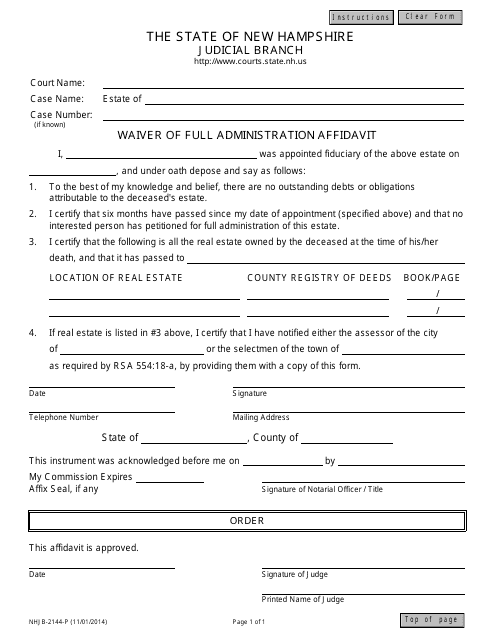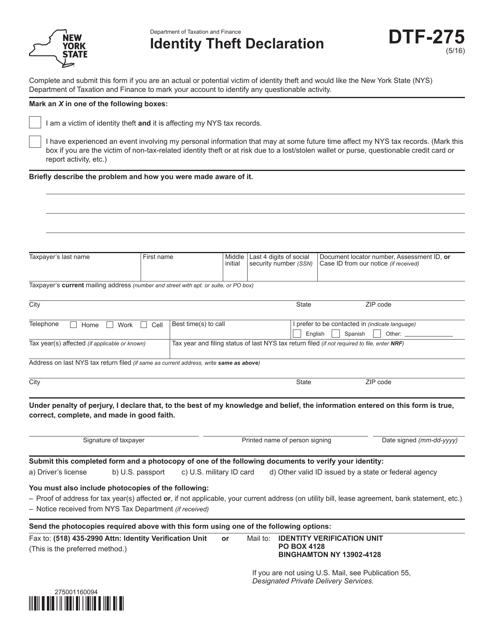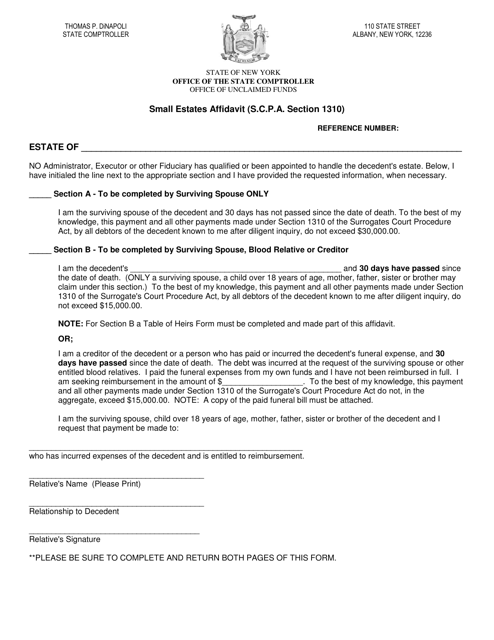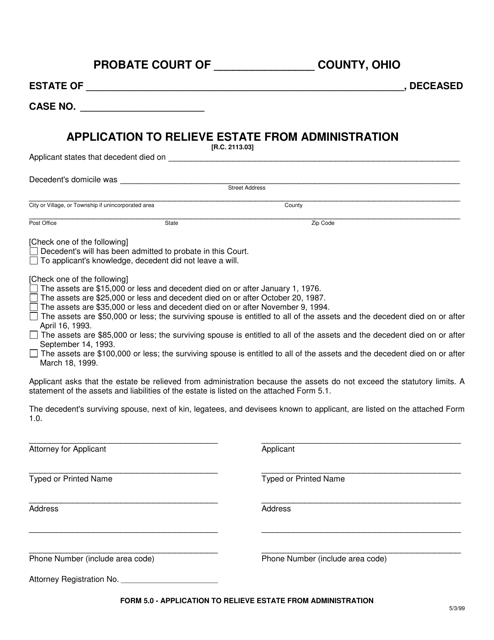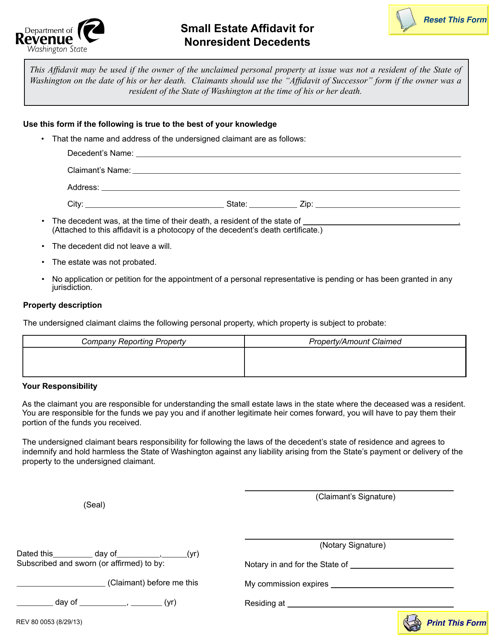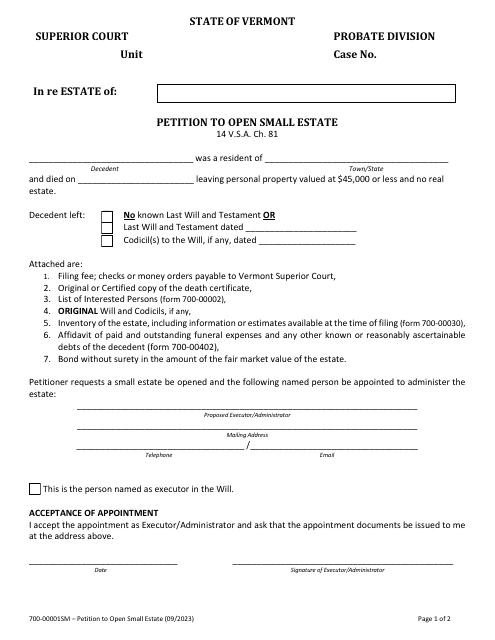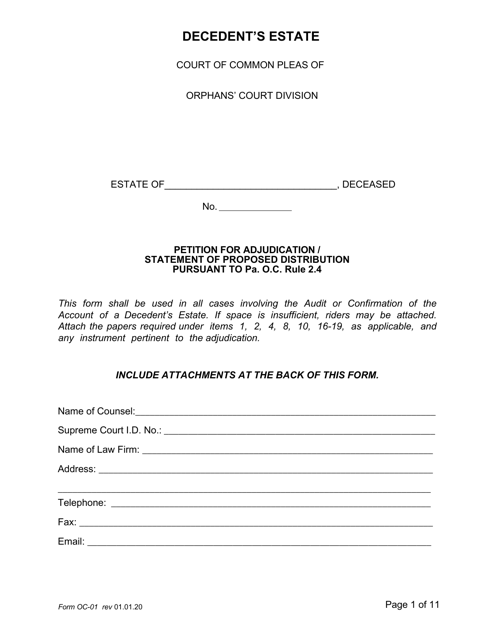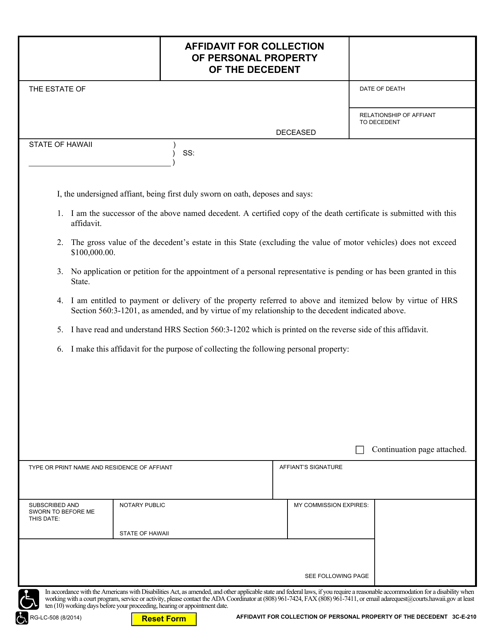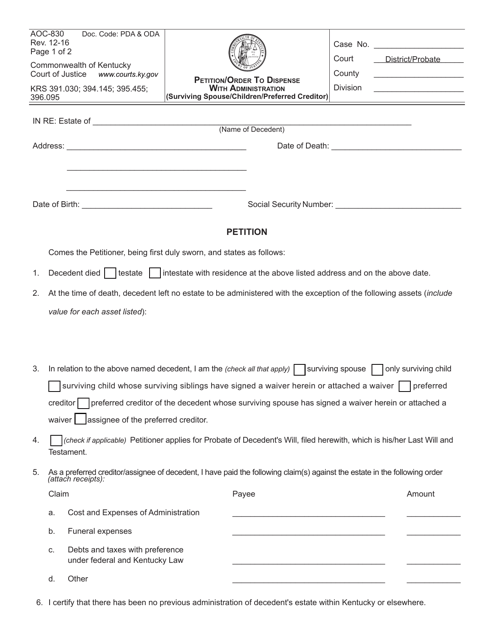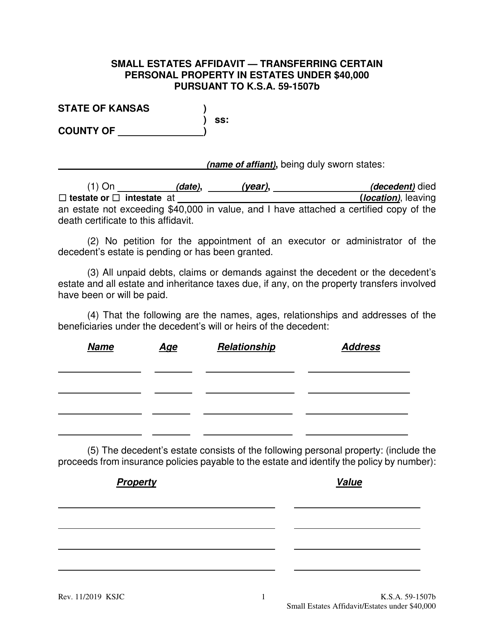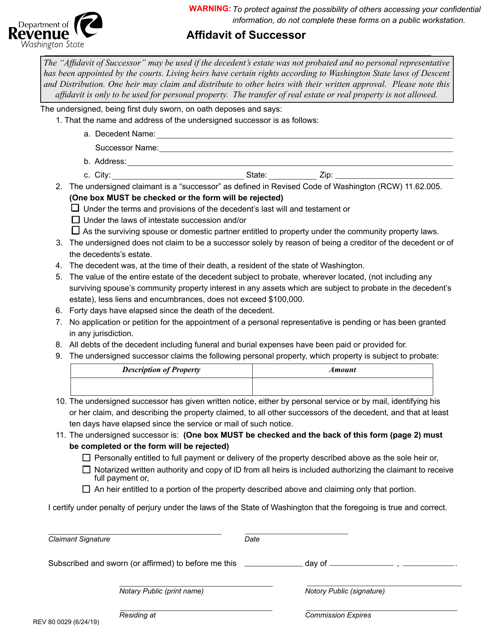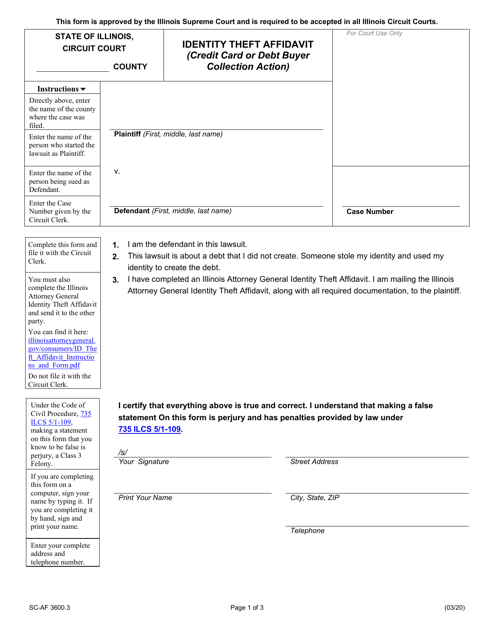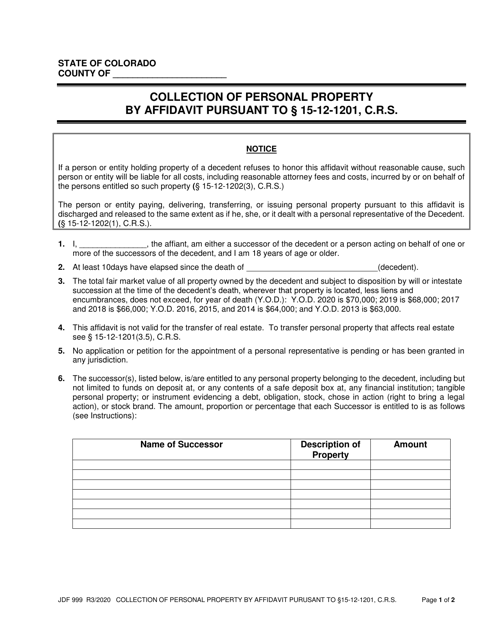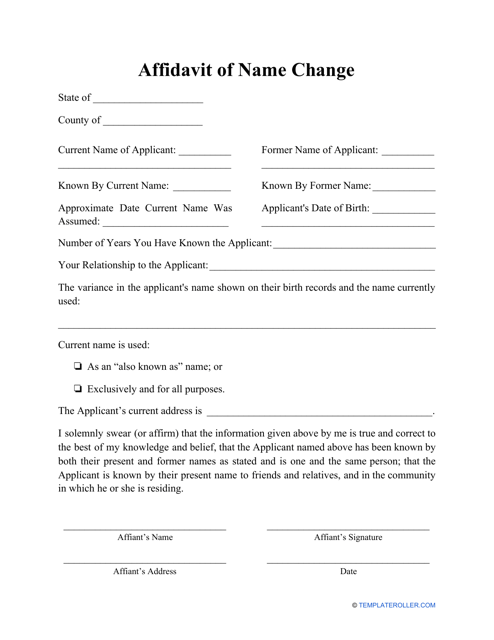Free Affidavit Forms and Templates
What Is an Affidavit?
An Affidavit is a written statement of facts that is sworn on oath. The individual who swears that the information written in the Affidavit is true is called an affiant or deponent and must sign this document before a notary public. The notary public is the person authorized by the state to verify that the person who claims to have signed the document is the same who signed it.
What Documents Are Required for Affidavit?
When signing an affidavit, you need to have your passport, driver’s license, or any document that may serve as proof of identity, so that the affidavit can be notarized.
How to Get an Affidavit?
There are many different types of Affidavits, which vary based on their intended purpose. Some of the most common types are listed below.
- Affidavit of Name Change. These are used when a person or entity needs proof that you have legally changed your name. Usually, the document will include your old name, your new one, and the state where the change originated.
- Affidavit of Small Estate. These are most commonly used when a close relative dies and leaves behind a small estate. This document allows the property to be transferred to the heirs without the need for a probate process.
- Affidavit of Support. This document is regularly used in the immigration process and it is signed by a sponsor, who will be financially responsible for the immigrant coming into the United States.
- Affidavit of Death. Usually handled by an estate administrator, its purpose is to notify a court, business, or creditors that someone has died.
- Affidavit of Service. These are used to attest to the delivery of specified papers to a person, organization, or business as requested by a party to a lawsuit.
- Affidavit of Heirship. This form is used to define the presenсe of the inheritors of a deceased person who has not left an enforceable will.
- Identity Theft Affidavit. These are filed if an individual's personal data was used to create an illegitimate account or perform any other actions in their name.
- Divorce Affidavit. Acts as evidence of your divorce in cases when you cannot locate your official paperwork.
- Affidavit of Residence. This Affidavit is used to verify the address of a person, and it is generally used to prove you live or lived at a certain residence for tax or business reasons.
- Financial Affidavit. Generally used in divorce proceedings to verify the financial status of the signers, who must state facts such as their yearly income and savings.
- Affidavit of Title. Used during the process of selling real estate to ensure certain facts about the seller of a property and the property itself.
How to Write an Affidavit?
Certain legal requirements must be met for the Affidavit to be valid. When lawyers use Affidavits in motions and court filings, they may design this document to meet their specific needs at the time. In other circumstances, you may draft your own document by using Affidavit forms that contain specific information to fulfill the intended purpose. The Affidavit, which may be written in the first or third person, must state only relevant facts in a concise and organized way. Furthermore, the document must assert that everything in it is true.
The deponent who signs the sworn statement must be a competent person (which in most cases means they must be of legal age and of sound mind). In addition, they must sign the Affidavit voluntarily and without coercion and must have firsthand knowledge of the information they are attesting to. An authorized person, who could be a notary public, a lawyer, or Justice of the Peace, must be present when the document is signed.
The foot of the last page of the document, known as the "jurat", must include the following details:
- The full name and signature of the deponent.
- Information on whether the Affidavit is sworn or affirmed.
- The date and place where the deponent signs the Affidavit.
- The full name and profession of the authorized person, as well as their signature.
Moreover, if any alteration, correction, addition, or amendment is made to the Affidavit, both the deponent and the authorized witness must initial each alteration to confirm they are valid.
Didn't find the form you need? Check out these related forms and topics:
Related Articles
Documents:
174
This type of form is used in Illinois and refers to a formal document that gives legal heirs of the deceased individual the right to distribute the latter's assets without having to appear in court.
This form is used for completing a survivorship affidavit in the state of Utah. It is used to transfer ownership of property from a deceased individual to one or more surviving co-owners.
This document is used to report identity theft in the state of Alabama.
This form is used for reporting incidents of identity theft in the state of California. It is used to provide information and support in resolving any issues related to identity theft.
This document is used as an attachment for Form DE-161 (GC-041) in California. It is used to provide an inventory and appraisal of assets.
By filling in this type of template in Alaska, this will permit an individual who has inherited a property to become the new legal owner after the passing of the original owner.
This Form is used for filing a Spousal or Domestic Partner Property Petition in California, which allows individuals to request a fair division of property and assets in a divorce or separation case.
This document is used for transferring personal property in estates valued under $40,000 in the state of Kansas, following the guidelines in K.S.A. 59-1507b.
This type of form is used in Michigan and refers to a formal instrument that gives the heirs of the deceased person the right to access and distribute their assets promptly.
This is a legally binding document used in Minnesota to settle a small estate in the absence of a will.
This document is a form used in Nevada to file a complaint for identity theft.
This form is used for waiving the requirement of full administration in the probate process in New Hampshire.
This form is used for declaring identity theft in the state of New York.
For individuals that reside in the state of New York, this type of form is a legal document that allows an individual inheriting a small estate to become the new legal owner after the decedent has passed away.
Filling in this type of form provides the legal power for an individual to collect a small estate property from an individual that has passed away in the state of Ohio.
This Form is used for filing a Small Estate Affidavit for Nonresident Decedents in Washington state. It allows nonresident individuals to settle the estate of a deceased person with a smaller value of assets.
This form is used for filing a petition for adjudication or a statement of proposed distribution in Pennsylvania, according to the Pennsylvania Orphans' Court Rule 2.4.
An individual residing in Hawaii may use this type of template to claim the assets of an individual that passed away if their estate is small enough and the heir believes it is possible to skip the usual probate proceeding.
This is a legally binding document used in Kentucky to settle a small estate in the absence of a will.
This type of form is used in Kansas and refers to a formal document the heirs of a deceased individual are allowed to draft if they want to distribute the assets of the estate amongst themselves without going through lengthy probate proceedings.
This Form is used for filing an Affidavit of Successor in the state of Washington. It is a legal document used to declare an individual as the rightful successor to a deceased person's assets and property.
This form is used for inventory and appraisal purposes in California.
This form is used for reporting identity theft related to credit card or debt buyer collection actions in the state of Illinois.
This form is used for the collection of personal property through an affidavit in the state of Colorado, in accordance with the Colorado Revised Statutes section 15-12-1201.
This is a document filed by individuals who need to prove the fact that they have legally changed their name in the past to a requesting party.


